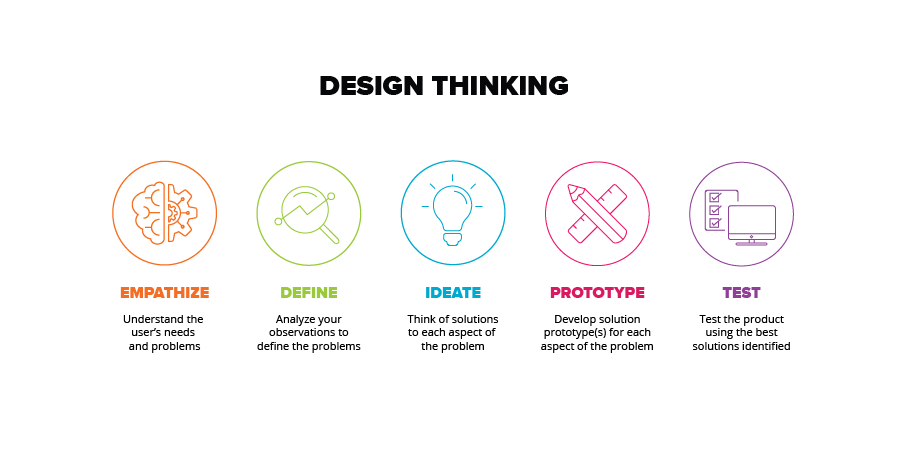Guidelines for Experience Design Success in Financial Services
Financial services companies understand the benefits of providing a frictionless customer journey from research through to purchase, and beyond. Few, however, understand the means by which to accomplish this.
The answer lies in experience design. Moving from a product-centric to a customer-centric approach allows companies to create compelling customer experiences, services and products—experience design enables this focal shift through a human-centric approach.
Experience design balances customer needs with business objectives to create commercially viable value propositions to inform service or product creation. It is critical to understand how the end product or service will look and feel by cultivating an empathic approach and developing a visual aesthetic. Applicability, accessibility and functionality help to determine how it will perform in the hands of the customer and what value it will bring them. By viewing design from a customer perspective, businesses are able to create higher-quality products with greater efficiency.

Experience design-driven financial services companies, such as DBS and BBVA have successfully leveraged customer insights to understand needs and desires from a personalized and on-demand banking experience. These companies are better positioned to quickly identify and address the most impactful user problems and requirements, reducing business risk and improving acquisition and loyalty.
Here are some ways to get started with experience design in financial services:
Facilitate education
Experience design is not just a set of principles and models that need to be followed; it is a mindset that requires comprehensive education for every team member and stakeholder. Employees need to understand the reasons for applying experience design principles and align to the end goal before adoption can occur. Education must be an ongoing process as new experience design tools are introduced. Creating focused modules can quickly instruct employees on how to use and benefit from any new experience design processes.
Prototyping is everything
Businesses must start with understanding the way humans think about money—how people make crucial everyday decisions about savings, instant bills, and more. Poor design results in diminished user experience and consequentially in lost revenue. Having a physical, rudimentary, and tangible prototype of a unique idea is a fundamental part of the experience design process, allowing customers to see, feel and use a product. User feedback is collected and employed to quickly adapt design prior to mass production.
Creating a few iterations of a physical prototypes with different features and/or functionality allows for feedback on ideas that may inform or be key in the development of future digital products.
Collaboration within departments
Transparency between departments is crucial to the success of an experience design project so key insights gained from prototypes can be shared and retained at the development stage. For example: A financial service company wants to customize a banking product for a customer with considerable changes to the original design. Although each department agrees to the changes, they may fail to communicate roles and responsibilities, timeframes, and priorities. This leads to rework and deployment delays due to the lack of transparency between departments.
Experience design takes customers where they want to be and creates products and services that improve the process of getting there. Read our whitepaper Employee Design Thinking Journeys to learn more how financial services companies can transform employee experience with our team of digital designers and industry experts.


